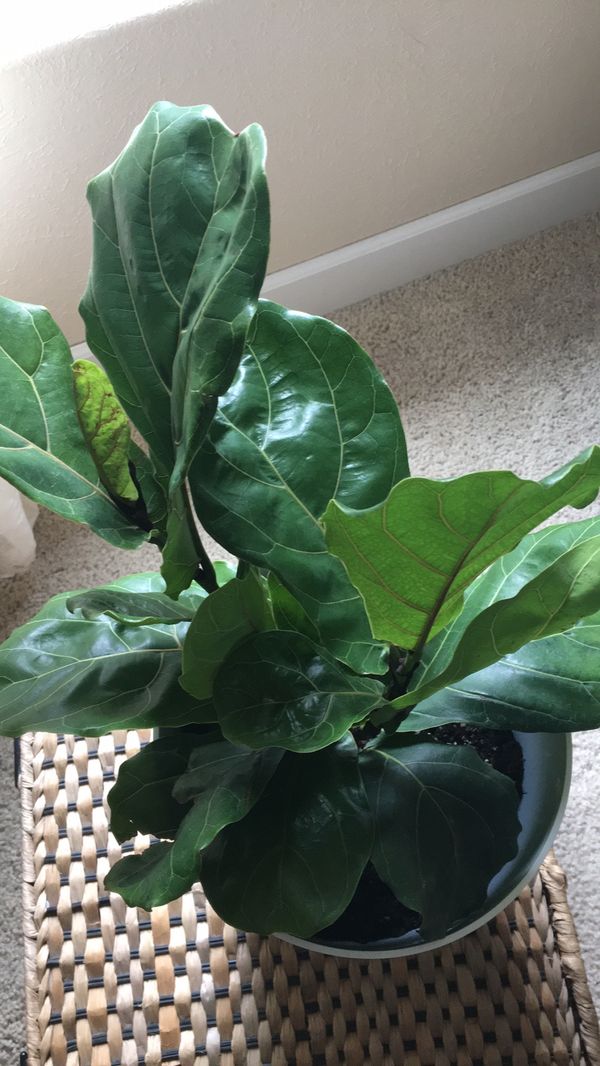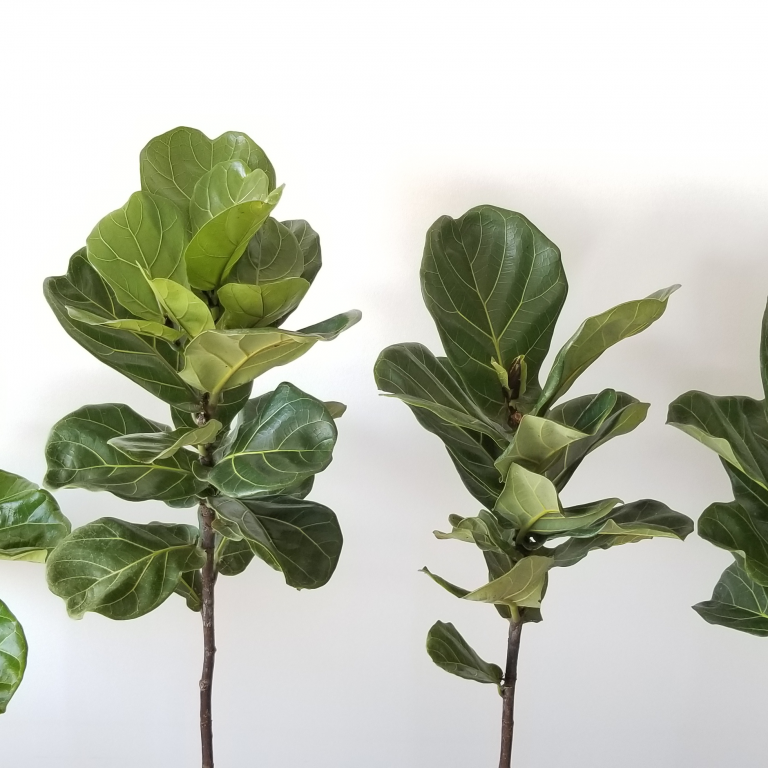


Most of the time there is hot weather and plenty of sunshine, in these areas this may facilitate phytophotodermatitis reaction. The fig tree is a popular tree and planted in widespread areas of West Asia. Many plants including parsnip, cartwheel flower, fennel, parsley, caraway seed, aniseed, coriander, celery, and fig may cause phytophotodermatitis. Surprisingly, the reaction was more extensive than the test area, and almost all of the medial side of forearm was affected by this reaction.
#FIGLEAF TREE PATCH#
On day 5, we removed the vesicle and a second-degree burn appeared in patch test area and around it.

After 24 h, the erythema and edema was more prominent and on day 2, some vesicles appeared.
#FIGLEAF TREE SKIN#
After 6 h, the test area and its surrounding skin were erythematous. There was no reaction after removing the paste, but a mild burning sensation started almost immediately. He put the paste on a marked area on his left forearm for 1 h and then exposed the area to the sunlight for about 2 h. While there was no volunteer, the corresponding author decided to perform a patch test on himself with a paste prepared by pounding the fig tree leaves. In follow-up visits, only hyperpigmentation in affected areas was noted. In a few days, signs and symptoms of hypersensitivity reduced, and all wounds epithelialized. In our burn center, appropriate treatment including unroofing of bullae, nonadherent dressing, and analgesic medications was implemented. Here, we present four cases of second-degree burn due to exposure to pounded fig leaves.Ī sample of leaves and fruits of plants which caused damage was brought by parents to hospital We expect hyperpigmentation at the site of burning in the chronic phase. Vesicles and bullae may appear approximately 48–72 h after exposure. The main symptoms of phytophotodermatitis are burning sensation and pain, itchy erythema, and edema, which usually begin 24 h after exposure. There are other enzymes with keratolytic effect in fig latex, which increase the effect of furocoumarines such as lipodiastase, amylase, and lipase. Psoralen concentration is more than bergaptol, so it is the main agent causing phototoxic reaction by the fig leaf. Leaves of fig tree contain psoralen and bergaptol. These harmful changes are more common in epidermal DNA and represent as blistering and vesicle formation. In contact with skin, it may cause cell death after exposure to UV light by cross-linking of the DNA that blocks cell division, DNA repair, and DNA synthesis. Furocoumarins (5-methoxypsoralen) is one group of these enzymes which protect leaves of the tree from fungal pathogens. The sap of fig tree contains some enzymes which are the main cause of irritability of the sap. In complementary medicine, the sap of fig tree is thought to be useful in some diseases, especially in dermatologic diseases such as vitiligo or psoriasis. The tree grows in warm regions all over the world and is a common and favorite tree in these areas. The most potent light wave for this condition is ultraviolet A (UVA) light with a wavelength between 320 and 380 nm.įig tree ( Ficus carica L.) is one of the plants that may cause this reaction. Phytophotodermatitis is a condition which is caused by contact with some plants containing furocoumarins followed by exposure to sunlight. One of the essential cautions when touching plants is their potential toxicity and effects on the skin.


 0 kommentar(er)
0 kommentar(er)
